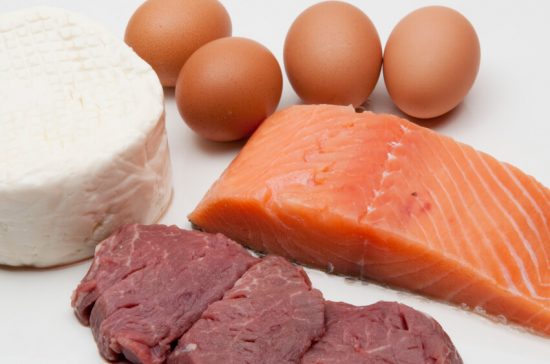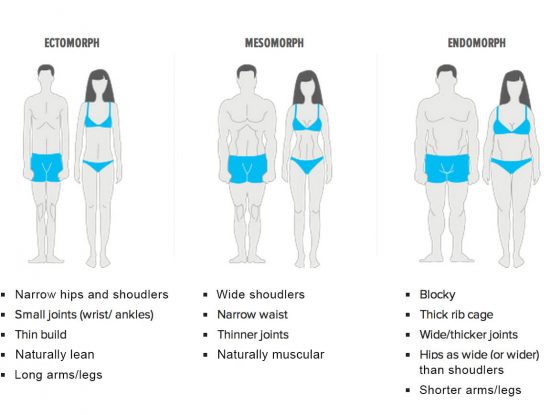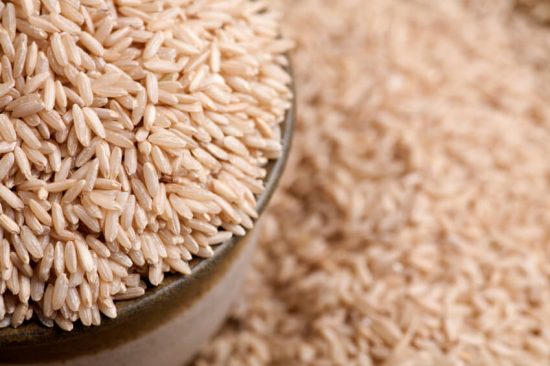we delivers enough to blog about

What I Learnt at Clean Health Performance Nutrition Coach Level 1

In June of 2020 I completed the Clean Health Institute Performance Nutrition Coach Level 1 course.
I have previously completed a blood and hormonal analysis course with Clean Health which looked at how to analyse a clients blood panels in order to better assist with improving body composition. This course complemented the Metabolic Analytics course I undertook in 2014 which looks at identifying metabolic and hormonal dysfunction through body fat distribution.
The level 1 course focused on:
- Customizing protein, carb and fat for each individual
- Fast and slow oxidisers
- Macro distribution based on body type
- Diet cycles and periodisation
- Application of different diets such as keto, low carb, high carb,
carb backloading, carb cycling. - Useful information to gather during the initial consultation
- Tracking of clients results
I won’t discuss the finer details of each of the above groups as this post will turn into a thesis. I’ll provide a brief summary and how the knowledge gained can be applied improving body composition.
Customizing protein, carbs and fat for the individual.

The proportions of protein, carbs and fat that are to be allocated to a client will of course relate to their desired body composition goals and current body composition.
Firstly we need to calculate the clients base metabolic rate (BMR) and total daily energy expenditure (TDEE). We then need to work out a calorie deficit or surplus depending on the clients body composition goals.
For a client looking to gain muscle the protein allocation can be anywhere up to 2 grams per kg of body weight. We then look to allocate around 0.8 grams of dietary fat per kg of body weight. The remainder will be made up by carbohydrates.
If a client is looking to lose weight then the protein allocation can be higher. The client will be in a calorie deficit and we need to preserve as much muscle as possible. Again we look to allocate to add 0.8 grams of dietary fat per kg of body fat and the remainder in carbohydrates. This can be adjusted based on rates of oxidisation etc.
Fast and slow oxidizers
When a client has a high rate of oxidation (converting food into energy), it can be more beneficial to give them higher percentages of slow release energy sources as protein and fat. The opposite applies to slow oxidizers who slowly convert consumed food into fuel. These clients can feel and perform better from consuming a higher percentage of faster release carbohydrates.
Body types and diet
Ectomorphs tend to be thin and rectangular.
Mesomorphs are more triangular in shape: broad shouldered and narrow waisted.
Endomorphs tend to be rounder
Ectomorphs tend to be more insulin sensitive and have a higher tolerance for carbs. Endomorphs will generally have a lower tolerance to carbs.
Mesomorphs tend to be somewhere in the middle.
Endomorphs generally are unable to tolerate a high amount of carbs as they usually carry more body fat which has been linked to insulin resistance.
Generally speaking, the ectomorph (insulin sensitive) will have a high tolerance for carbs while the endomorph will have a low tolerance (insulin resistance)

Periodisation
If we are wanting to reduce body fat through negative energy balance we are forcing the body to rely on stored energy (fat) for fuel. The longer we force this adaptation the better the body becomes at conserving energy. The result being we end up burning less and less fat over time. You cannot keep reducing calories and increasing training load for ever.
A better solution is to plan out gradual reductions in calories over a period of time rather than apply a huge calorie deficit to start with. You can then plan in higher calorie days or weeks to give the client a diet break before beginning a gradual reduction again. This type of approach will also assist with compliance.
Application of different diets.
Keto
Our body is normally primarily fueled by glucose. Ketosis however is a metabolic state where the body is fueled by ketones which are produced in the liver from stored fat in the body. Blood glucose however needs to stay low in order to remain in ketosis hence why the ketogenic diet is primarily a high fat and low carb diet.
You can still however gain fat on a keto diet if you are not in a calorie deficit.
Some clients however are not suited to a keto diet and can find it leaves them unmotivated and with little energy to train.
You can also run the risk of micronutrient deficiencies when most fruit and vegetables are removed from the diet so supplementation may be required. Maintaining a normal social life may also be difficult as a lot of restaurants to not have keto friendly options.
Low carb diet
The low carb diet includes mostly fibrous carbs such as non-starchy, fibrous fruit and vegetables. The aim is to lower the insulin response from food, control blood glucose and improve insulin sensitivity.
Protein and fiber on the low carb diet is kept high in order to help preserve muscle mass, satiating (fullness) and more energy is spent in the digestion process of protein and fiber.
Any starchy carbs that are consumed are reserved for post training which is when we are more insulin sensitive. This time also helps us to manage cortisol post training.
We can also keep carbs for the evening before bed. Carbs help to lower cortisol and increase serotonin which is then converted into our sleep hormone melatonin.
The high carb diet
Eating a high carb diet sounds counter-intuitive however we need to keep in mind that you can consume a high amount of carbs as long as you’re still in energy balance, either energy deficit for fat loss or surplusfor muscle gain.
Some clients are already very lean and/or very tolerant of carbs. The reason is that these clients generally have very good insulin sensitivity but also elevated sympathetic nervous system activity.
Some clients need more carbs to train effectively. This will be the case when a clients’ energy crashes during the day after a workout.
For other clients, managing stress while on very low carbohydrates can be a challenge. Carbs help the production of serotonin that helps calm and relax the nervous system. For people who deal constantly with high stress, even a small number of carbs can help them manage their stress better.

Carb back loading
Some clients struggle with sleep or stress management. In this situation we need to use carbs to help manage stress but we also need to reduce carbs in order to assist with improving insulin sensitivity. In this situation we can utilise carb backloading.
With carb back loading, carbs are only consumed during the second half of the day or at the end of the day depending on the total carb allocation. The aim is to keep blood sugar and insulin low throughout the day until we need to introduce carbohydrates to induce serotonin and help manage the client’s stress levels down to a manageable level. Carbs increase serotonin which then converts to Melatonin which is our primary sleep hormone. This is especially true for clients who find themselves too wired to fall asleep at night unless they have some carbs in their diet.
Summary
The knowledge gained from this course will be of great assistance that I have already begun to apply with both online and face to face clients.
The biggest game change I see will be periodising a clients diet over a twelve week period. This will help with better compliance and is a more sustainable approach.
The second area will be carbohydrate allocation based on slow or fast oxidisation.
In October I will be completing the Performance Nutrition Coach level 2 course which has a higher level focus on the key hormones that are involved in mobilizing and storing body fat, stimulating muscle protein synthesis, controlling hunger and regulating metabolic rate.
The course also covers stress management and how clients respond to stress, the effects of stress on cognitive function, immune function, optimizing sleep, recovery and also supplementation.
To find out more about online training or personal training feel free to complete the contact form below.

Comments are closed.